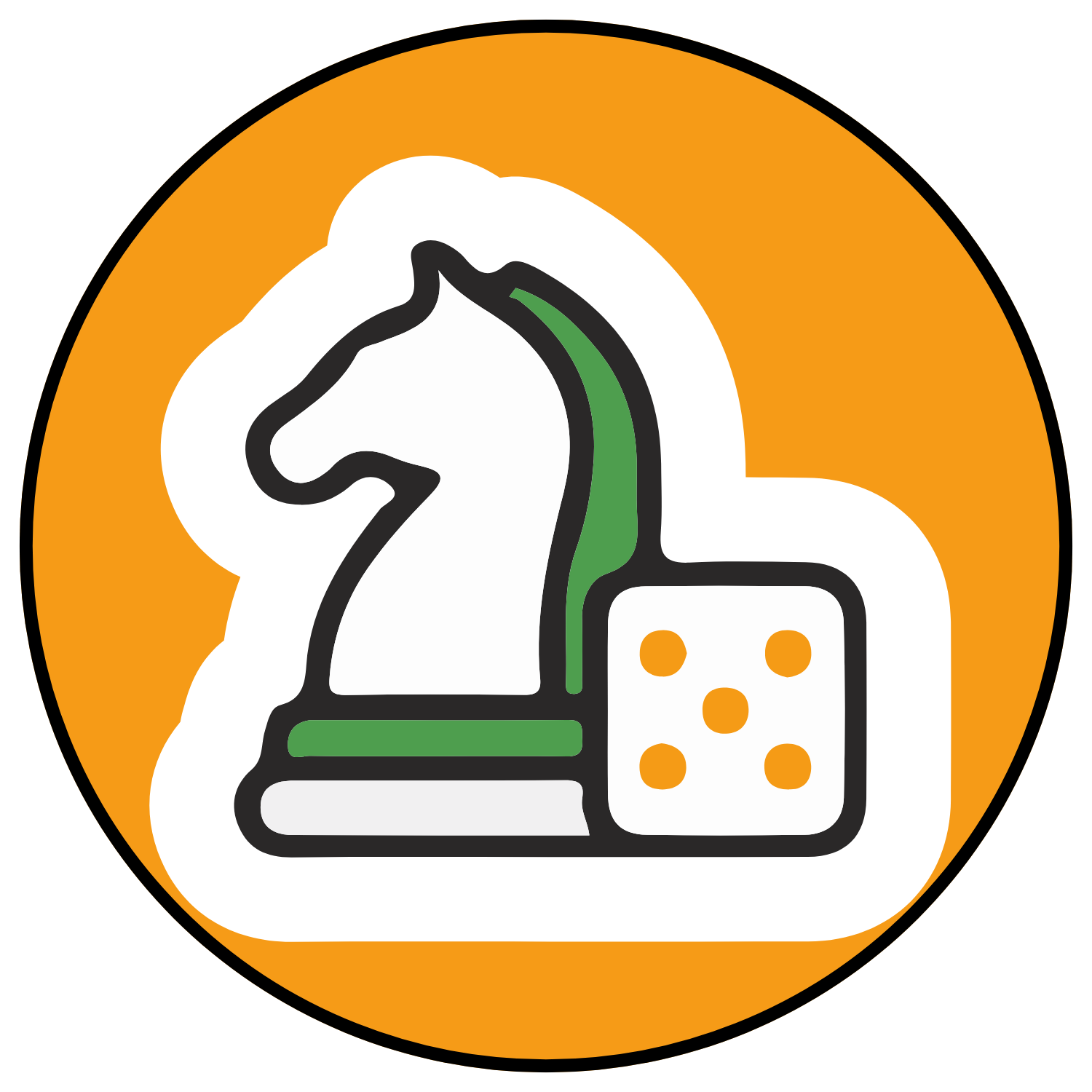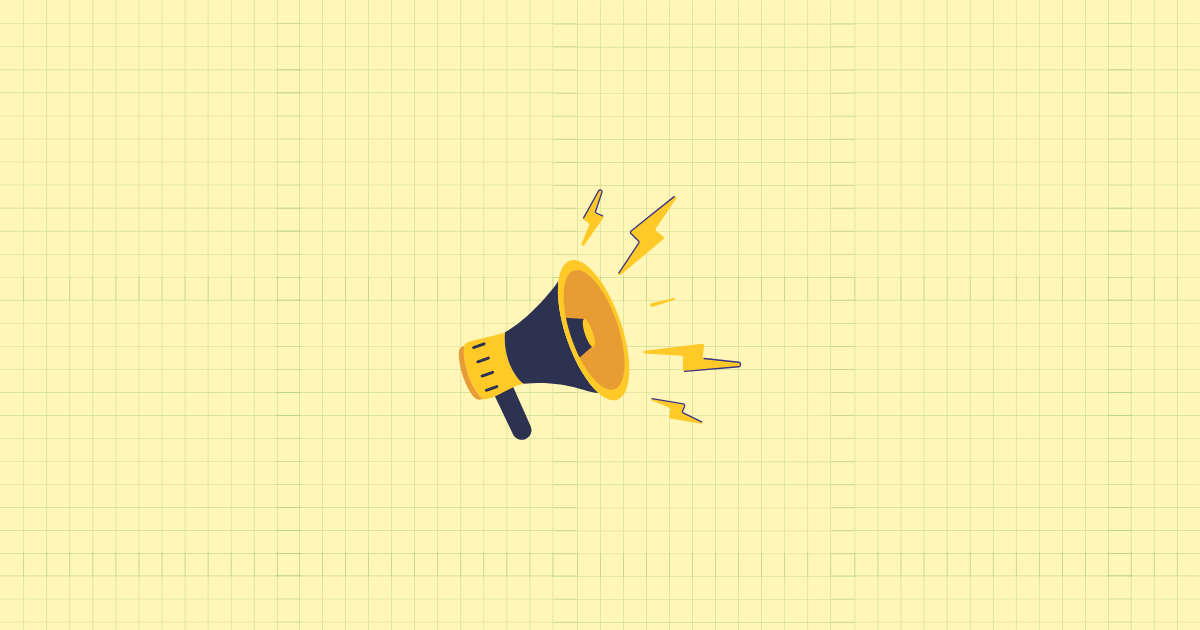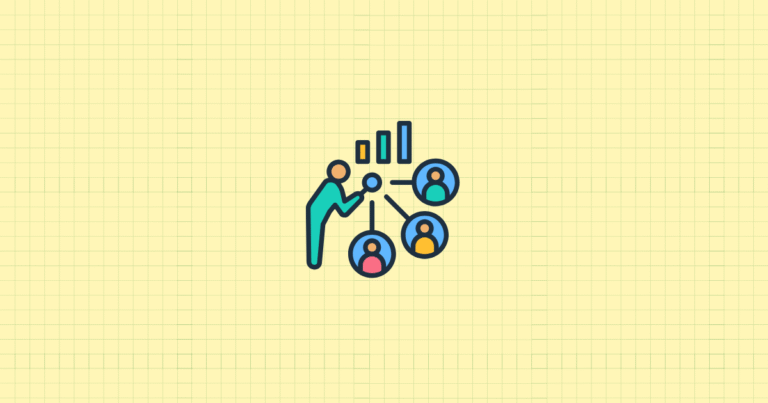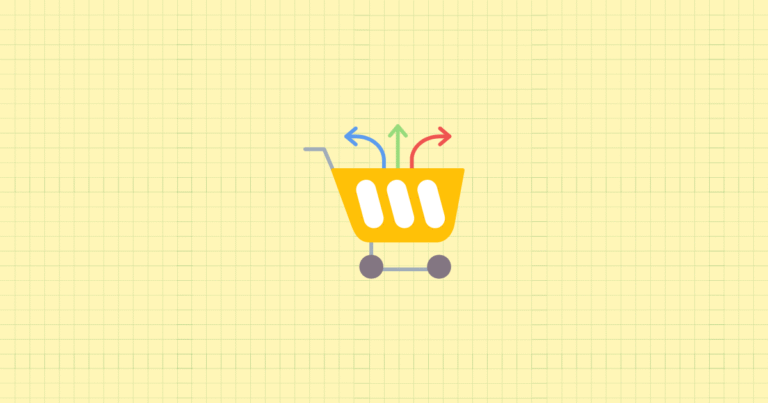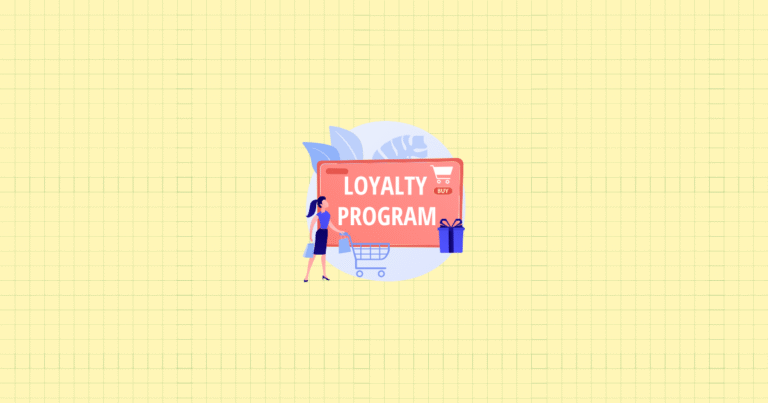Your Shopify store is making sales. Good. But here’s the thing—basic 10% off codes aren’t going to cut it anymore. Your competitors are using them too. Your customers expect them. And frankly, they’re leaving money on the table.
What if I told you that the most successful Shopify stores aren’t just throwing discounts at everyone? They’re using sophisticated promotion tactics that feel personal, create genuine urgency, and actually increase their profit margins. Sounds impossible? It’s not.
In this deep dive, we’ll unpack the advanced promotion strategies that separate thriving stores from struggling ones. You’ll discover how to build intelligent discount systems, create irresistible bundles, and automate promotions that trigger at exactly the right moment. By the time you finish reading, you’ll have a complete roadmap for transforming your basic discounts into a profit-generating machine.
Understanding the Strategic Value of Advanced Promotions for Shopify Stores
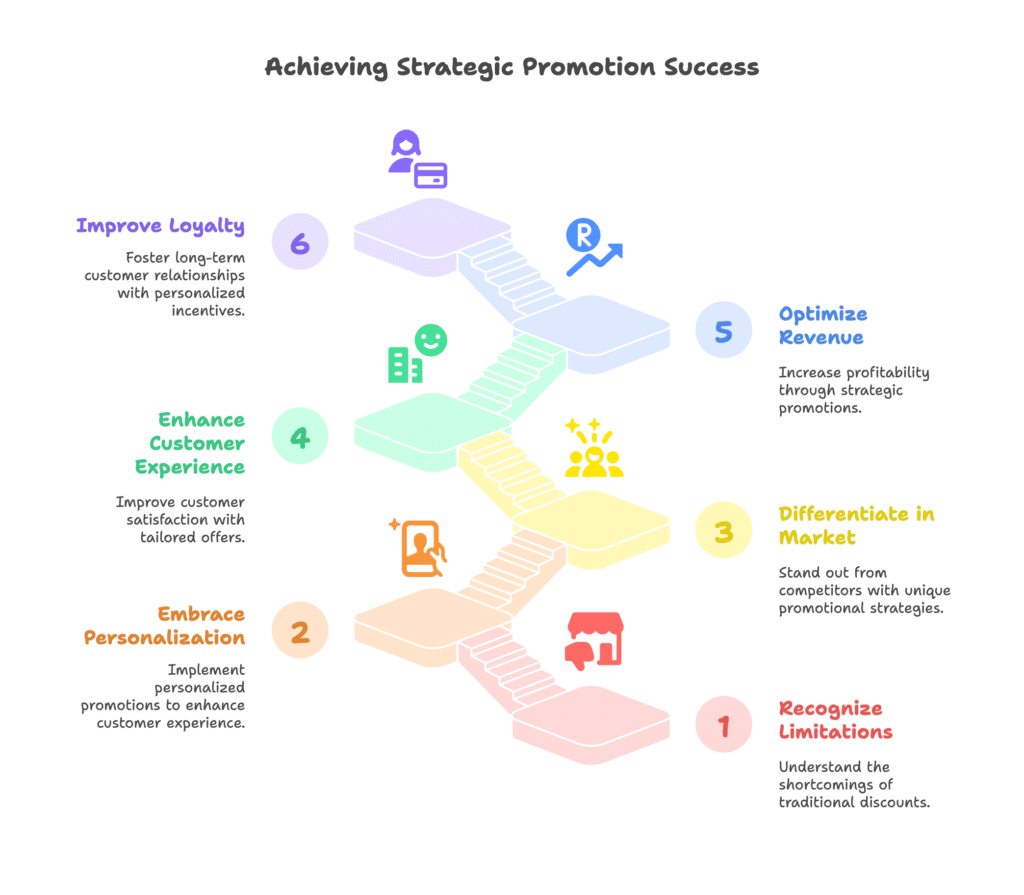
The Evolution of E-commerce Promotional Strategies
Remember when a simple “15% off everything” banner was enough to drive sales? Those days are gone. Today’s customers are bombarded with promotions everywhere they look. Your Instagram feed. Their email inbox. That pop-up on every website they visit.
The shift from basic discounts to sophisticated promotional systems isn’t just a trend—it’s survival. Traditional percentage-off coupons have limitations that smart store owners recognize immediately. They attract bargain hunters who’ll never buy at full price. They train customers to wait for sales. Worst of all, they compress your margins without building long-term value.
But here’s where it gets interesting. The rise of personalized and dynamic promotional approaches has created an entirely new playing field. We’re talking about promotions that adapt to individual customer behavior, integrate seamlessly across marketing channels, and enhance the customer experience rather than cheapen it.
Think about it this way: when Netflix recommends shows based on your viewing history, that’s personalization. When Amazon shows you “frequently bought together” bundles, that’s intelligent promotion. Your Shopify store can work the same way.
The Competitive Advantage of Advanced Promotions
Advanced promotions do three things that basic discounts simply cannot. First, they differentiate you in crowded markets. When every other store is screaming “SALE!” in block letters, a personalized offer that speaks directly to a customer’s browsing behavior stands out like a whisper in a noisy room.
Second, they enhance customer experience and perceived value. Nobody wants to feel like they’re getting a mass-produced coupon. But an exclusive offer that appears because you’ve been browsing a specific product category? That feels special. Personal. Valuable.
Third, and perhaps most importantly, they create strategic revenue optimization opportunities. Instead of blanket discounts that reduce margins across the board, advanced promotions let you apply the right incentive to the right customer at exactly the right time.
Impact of Advanced Promotions on Key Business Metrics
Let’s talk numbers. Because at the end of the day, your promotion strategy needs to show up in your bottom line.
Conversion Rate Enhancement: Statistical evidence consistently shows that promotion-driven conversions can increase by 20-40% when targeting is precise. But the real magic happens in cart abandonment reduction. When a customer who’s been browsing your site for five minutes receives a time-limited offer on their wishlisted item, you’re not just offering a discount—you’re providing the final nudge they needed.
Average Order Value Optimization: Bundle and threshold-based promotions can increase average order values by 15-35%. The psychology is simple: “spend $50 more and get free shipping” encourages larger purchases. But advanced stores take this further with dynamic bundles that adjust based on what’s already in the cart.
Customer Loyalty and Retention Improvement: Here’s where most store owners get it wrong. They think promotions are just for acquisition. But repeat purchase behavior analysis shows that customers who receive personalized promotions have a 23% higher lifetime value than those who only see generic offers.
Building Your Advanced Promotion Infrastructure
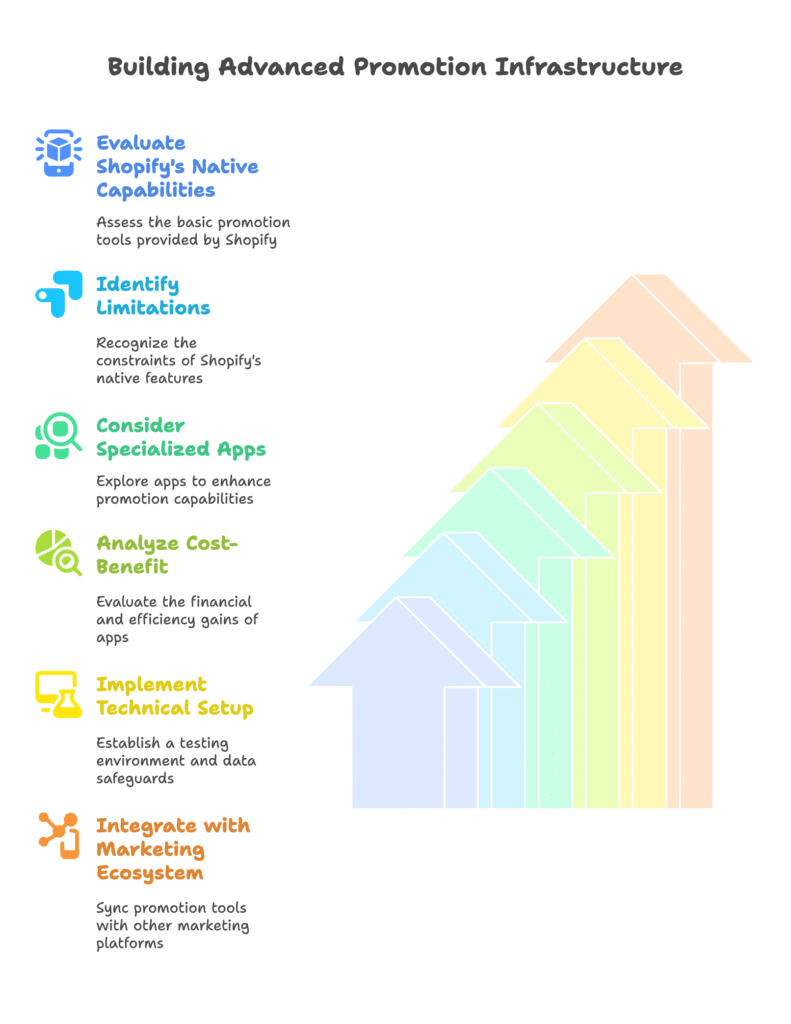
Evaluating Shopify’s Native Promotion Capabilities
Shopify gives you the basics out of the box. Percentage discounts, fixed amount discounts, buy X get Y promotions, and free shipping thresholds. You can set them up as automatic discounts or code-based offers. It’s functional, but here’s the limitation—it’s not smart.
The native functionality struggles with complex promotion rules. Want to offer a 15% discount to customers who haven’t purchased in 30 days, but only on Tuesdays, and only if they’re browsing from a mobile device? Good luck setting that up without apps.
Advanced targeting capabilities are where Shopify’s core functions hit their ceiling. You can’t easily segment customers based on lifetime value, browsing behavior, or purchase history. You can’t create multi-tiered promotions that escalate based on customer actions. And you certainly can’t automate sophisticated promotional sequences.
Extending Capabilities with Specialized Apps
This is where specialized apps become not just helpful, but essential. But choosing the right promotion apps requires careful consideration. You need compatibility with your Shopify store version, minimal performance impact, and seamless integration with your existing marketing tech stack.
The cost-benefit analysis framework should include not just the monthly subscription cost, but the time saved on manual promotion management and the potential revenue increase from more effective targeting.
Full-featured promotion platforms can transform your promotional capabilities entirely. Some specialized apps focus on specific tactics—like time-sensitive offers or bundle creation. The key is understanding exactly what promotional gaps you need to fill before you start shopping for solutions.
Technical Setup and Integration
Implementation matters more than the fanciest features. Start with a testing environment to avoid disrupting your live store. Set up data integrity safeguards so promotions apply correctly without unintended consequences. And verify mobile responsiveness—because over 70% of e-commerce traffic comes from mobile devices.
Integration with your marketing ecosystem is where the real power emerges. When your promotion app syncs with your email marketing platform, SMS notification system, and analytics tools, you’re not just running promotions—you’re orchestrating cohesive customer experiences.
Dynamic Pricing and Personalized Discount Strategies
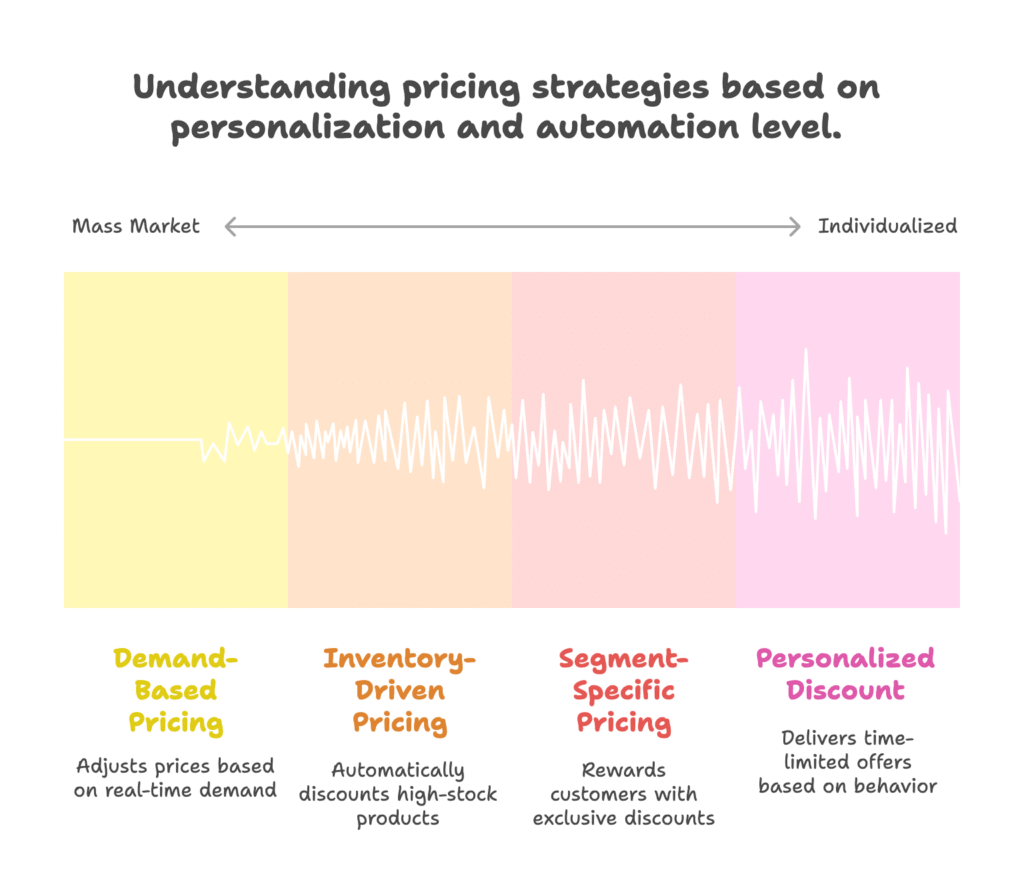
Implementing Automated Price Adjustments
Dynamic pricing isn’t just for airlines and hotels anymore. Demand-based dynamic pricing uses real-time analytics to adjust prices based on traffic patterns, inventory levels, and customer behavior. During high-traffic periods, prices might increase slightly. When you need to move inventory quickly, automated discounts can kick in.
Inventory-driven pricing systems take this further. Connect your inventory levels to promotional pricing so that products with high stock levels automatically receive deeper discounts. Slow-moving inventory can trigger clearance automation without manual intervention.
But the most sophisticated approach is customer segment-specific pricing. Loyalty tier pricing rewards your best customers with exclusive discounts. New customers might see introductory offers, while returning customers receive personalized incentives based on their purchase history.
Hyper-Personalized Discount Strategies
True personalization requires robust customer data infrastructure. Purchase history integration lets you understand what customers have bought before. Browsing behavior tracking reveals what they’re interested in buying next. Preference data capture mechanisms—through surveys, quizzes, or behavioral analysis—paint a complete picture of each customer.
Segmentation for targeted promotions moves beyond basic demographics. Behavioral segment creation methodology groups customers by actions, not just characteristics. RFM modeling analyzes Recency, Frequency, and Monetary value to identify your most valuable customers. Propensity scoring predicts which customers are most likely to respond to specific offers.
This is exactly where tools like Growth Suite excel. Instead of sending generic discounts to everyone, Growth Suite analyzes visitor behavior in real-time to identify customers who are hesitant to purchase. It then delivers personalized, time-limited offers that create genuine urgency without cheapening your brand. The result? Higher conversion rates and protected margins.
Advanced Product Bundling and Kit Strategies
Strategic Bundle Design Principles
Effective bundling isn’t random. Complementary product bundles work because they solve complete problems or fulfill complete needs. A skincare routine bundle. A complete home office setup. A full workout kit. The key is thinking about how customers actually use your products together.
Cross-category merchandising opens new possibilities. Instead of just bundling items from one product line, consider how items from different categories complement each other. A tech accessories store might bundle a laptop stand with a wireless mouse and blue light glasses.
Volume-based bundle promotions encourage larger purchases through tiered discount structures. Buy two items, get 10% off. Buy three, get 20% off. But the most engaging approach is letting customers create their own bundles with interactive selection tools.
Technical Implementation on Shopify
Creating bundles in Shopify core has limitations. The product variant approach works for simple bundles but becomes unwieldy for complex combinations. Using metafields for bundle components gives you more flexibility but requires technical setup.
Bundle apps solve these limitations with dedicated interfaces for creating, managing, and displaying bundled products. They handle inventory management across bundle components and provide analytics specific to bundle performance.
The key metrics to track include bundle-specific conversion rates, component popularity analysis, and profitability assessment. You want to know not just which bundles sell, but which ones actually improve your margins.
Time-Sensitive and Exclusivity-Based Promotions
Flash Sale Optimization Strategies
Flash sales aren’t about randomly slashing prices and hoping for the best. Strategic planning starts with data analysis to identify optimal sale timing. When is your traffic highest? When do customers typically make larger purchases? When do you need to move inventory most urgently?
Duration matters more than you might think. Sales that are too short create frustration. Sales that run too long lose their urgency. The sweet spot for most Shopify stores is 24-48 hours for flash sales, with clear countdown timers creating visible urgency.
But here’s the critical piece—frequency planning prevents promotion fatigue. Customers who see sales constantly either become conditioned to wait for discounts or simply tune them out entirely.
Exclusive and Limited Access Promotions
Exclusivity taps into powerful psychological triggers. VIP and loyalty-based exclusive offers make your best customers feel special. The key is clear communication about why they’re receiving exclusive access and what makes the offer special.
Limited quantity promotions work because scarcity drives action. But they only work if the scarcity is genuine. False scarcity erodes trust faster than almost any other tactic.
Early access and preview promotions build anticipation while rewarding loyalty. Give your email subscribers first access to new products or seasonal sales. Create tiered launch sequences where different customer segments get access at different times.
Promotion Automation and Trigger-Based Systems
Behavioral Trigger Promotion Framework
Automation turns promotion management from a time-consuming manual process into a intelligent system that responds to customer behavior in real-time.
Cart abandonment recovery promotions are the most common application, but timing optimization makes all the difference. Send the first email within an hour. Follow up after 24 hours with a small discount. Wait 72 hours before offering a larger incentive. The progression creates urgency without appearing desperate.
Browse abandonment incentives target customers who looked but didn’t add anything to their cart. These promotions should be more subtle—perhaps highlighting the benefits of the viewed product or offering a small incentive to return.
Post-purchase promotional sequences continue the relationship after the sale. Cross-sell complementary products. Encourage repeat purchases with loyalty rewards. Build long-term relationships with educational content and member-only offers.
Contextual and Environmental Triggers
Location-based promotions use geofencing to deliver relevant offers. Customers near your physical store might receive pickup offers. Local customers might see promotions for same-day delivery.
Seasonal and weather-triggered promotions align your offers with external conditions. Rainy weather might trigger umbrella promotions. Hot weather could prompt summer clothing discounts. Holiday promotions can schedule automatically based on shopping calendar events.
The most sophisticated systems include competitor activity response mechanisms. Automated monitoring alerts you to competitive pricing changes or promotional campaigns, allowing you to respond quickly with defensive or matching strategies.
Measurement, Analytics, and Continuous Optimization
Comprehensive Promotion Analysis Framework
Measuring promotion success requires looking beyond basic revenue numbers. Promotion-specific metrics should include conversion rate changes, average order value impact, and customer acquisition cost adjustments. But equally important are customer behavior indicators—are promotions changing how customers interact with your store?
Financial impact measures must include margin analysis. A promotion that increases sales but destroys profitability isn’t successful. Track net profit impact, not just gross revenue changes.
Attribution modeling helps you understand how promotions interact with other marketing efforts. Multi-touch attribution setup methodology tracks the customer journey across multiple touchpoints. Was it the email promotion, the social media ad, or the exit-intent popup that triggered the purchase? Understanding promotion interaction patterns helps optimize your entire marketing funnel.
Optimization Strategy Development
Data-driven decisions require a structured approach. Develop hypotheses about promotion performance. Prioritize tests based on potential impact and ease of implementation. Create a systematic cycle for implementing learnings.
A/B testing for promotions needs careful design to ensure valid comparisons. Calculate proper sample sizes to achieve statistical significance. Run tests long enough to account for weekly purchasing patterns and seasonal variations.
Promotion portfolio management looks at your entire promotional mix. Are different promotions cannibalizing each other? Which customer segments respond best to which types of offers? How do promotional strategies affect long-term customer relationships?
Long-Term Promotion Strategy Evolution
Sustainable promotion practices align with your brand positioning. If you’re building a premium brand, constant discounting undermines your value proposition. If you’re competing on price, promotional frequency needs careful management to maintain profitability.
Customer expectation management becomes crucial as your promotional strategy matures. Educate customers about your approach. Set clear expectations about when promotions are available and why they’re limited.
The goal isn’t just short-term sales boosts—it’s building a promotional framework that supports long-term growth while protecting your brand equity and profit margins.
References
- Shopify Inc. (2025). “What is a Marketing Strategy? and How to Create One in 2025.” Shopify Blog. https://www.shopify.com/blog/marketing-strategies
- Smith, J. (2025). “Supercharge Your Sales: The Ultimate Guide to Shopify Marketing.” International Journal of Research. https://internationaljournalofresearch.com/2025/05/05/supercharge-your-sales-the-ultimate-guide-to-shopify-marketing-that-converts/
- Lee, M. (2025). “The Importance of Promotions in Shopify and How to Implement Them with Planet.” Secomapp. https://www.secomapp.com/the-importance-of-promotions-in-shopify-and-how-to-implement-them-with-planet/
- Johnson, K. (2025). “Shopify Marketing: 15+ Strategies To 3x Your Sales.” PageFly. https://pagefly.io/blogs/shopify/shopify-marketing
- Williams, T. (2025). “10 Shopify Marketing Strategies that Get Results.” Omnisend. https://www.omnisend.com/blog/shopify-marketing/
- Brown, R. (2025). “12 Best Shopify Marketing Strategies to Drive Sales Growth.” Mageplaza. https://www.mageplaza.com/blog/shopify-marketing-strategies.html
- The Commerce Team. (2025). “9 High-ROI Strategies to Promote Your Shopify Store.” TCF Team. https://www.tcf.team/blog/how-to-promote-your-shopify-store
Ready to transform your basic discounts into a sophisticated promotion engine that actually protects your margins while boosting sales? Growth Suite is the Shopify app that makes advanced promotional tactics accessible to every store owner. It intelligently tracks visitor behavior, predicts purchase intent, and delivers personalized time-limited offers to customers who need that final nudge to convert. Best of all, it sets up in under 60 seconds with a single click. Install Growth Suite today and start seeing the kind of results that separate thriving stores from struggling ones.
